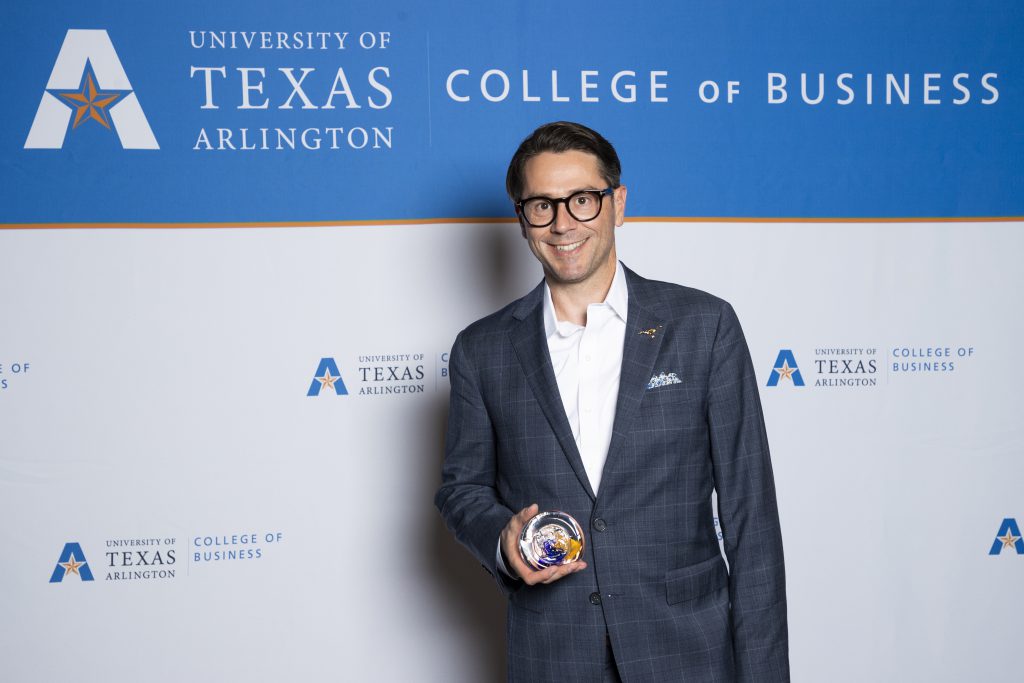Loose definitions of culture can still be helpful if you can find common threads that run through each person’s perceptions. If you were to walk into Schaefer Advertising Company in Fort Worth, Texas (one of our consulting clients) and ask each employee about their company’s culture, you will probably get a slightly different answer from each person on what the culture means to them, but you would almost always hear about how much the employees genuinely care for one another. They all know that culture is their secret sauce.
Still, we in the talent world have been talking about “culture” more and more in the last half-decade. This is a complicated discussion, and true, hardcore businesspeople – who live in the numbers and the financials – don’t always understand it, or they think about it through a different lens than a rank-and-file manager might. On top of this, the people whom we might think would be most responsible for creating culture in our workplaces – HR professionals – often don’t have a seat at the table to make culture a priority. And that is why a consistent definition of what “culture” is and does for a business is so crucial. It unites people around common goals and helps us all see the road ahead of us.
A great way to think about culture in business (and the way we think about it for my business) is the definition first created by MIT Professor Edgar Schein: culture consists of three distinct levels:
- Artifacts,
- Espoused Values, and
- Basic Underlying Assumptions.
Artifacts
Artifacts are what we, and really anyone, can see with a quick tour of a business. Are the desks open-concept or in closed-off offices? Do employees eat lunch together? What is the dress code? Artifacts can also be memorable events like how a company celebrates birthdays. All artifacts send a statement out to your employees and the public; they show what you value and how you do business.
Espoused Values
Espoused values are the stated values and standards of an organization. These values are often reflected in your mission and vision statements, but they are also what your employees are inferring about the culture from working in their environment. When there are large disparities between what leadership says and employees actually experience, it can be very frustrating and confusing. For example, if your organization has no maternity leave policy and a very rigid schedule, it won’t matter that leadership talks about work-life balance, employees will feel they are being discouraged from starting or being too involved in their families. Management should actively seek to eliminate gaps between espoused values and enacted policies.
Basic Underlying Assumptions
Underlying assumptions are the belief systems behind why a company runs the way it does. Are the obnoxious coworkers who undercut their teammates always getting the promotions? That may be because leadership believes that the ultimate goal of their company is profit above all else and therefore want to reward employees who are equally ruthless. These assumptions create the values and environment of an organization. The levels layer on top of one another to create a company’s culture.
Now, all this said, the point of a for-profit business isn’t to make all employees feel like they are at summer camp every day. The point is to make money. And if business leaders knew how important culture is to financial returns, they would certainly be doing a lot more to develop a strong culture in the workplace.
The Fiscal Tie to Culture
According to Harvard Professor Emeritus James L. Heskett: Half the difference in operating profits between organizations can be tied to culture. Heskett argues an effective culture helps keep people and valuable knowledge in-house. This means processes will run smoother over time and will be easier to scale. And with scale comes revenue growth. Lower recruiting, hiring, and training costs are going to benefit bottom-line metrics too. Conversely, research done by Michigan State University estimates that workplace incivility has an average annual impact on companies of $14,000 per employee due to loss of productivity and work time. The professional coaching company, Bravely, has also done research that showed “lack of alignment within a team” is the leading reason cited by 97% of employees for why work stalls or projects don’t happen or revenue dries up.
When a team member doesn’t pull their own weight, good employees get burnt out making up for it. When bad behavior is ignored or even rewarded, those habits can intensify or spread to other employees. There are countless more anecdotal ties and stories that cannot be instantly analyzed on a row of a balance sheet, but they matter. And many of us inherently realize they matter, but have a hard time prioritizing them week-to-week because of other concerns that are much easier to track or see losses from.
On the flip side, our clients like Schaefer Ad Co. have grown significantly by specifically focusing on culture. We work with their employees to have more transparent conversations and provide meaningful talent development to every employee. When everyone feels invested in, it becomes a powerful force for productivity and growth.
The Importance of Culture at the Upper Levels
In many ways, finding a cultural fit is most important at the upper levels. When looking at executive placements, the aptitude and competence are usually already there – the person has proven success in that industry, similar roles, etc. – and with proper vetting, you can confirm those expectations. But the cultural fit is unique in each case, and the stakes are higher.
Throughout my twenty plus years of working in consulting and executive search, I have seen many fantastic leaders in one role who were complete failures after they moved to a different organization. That doesn’t mean they weren’t an ‘A Player’ to begin with, but it does illustrate just how integral culture is to success in a role and in a business. I can’t tell you how many times I’ve heard “they were talented, but really not a great fit.”
If you bring in the wrong cultural fit for an upper-level position, it can affect multiple teams within that executive’s span of control, which can affect a large portion of an organization even when it isn’t directly under their control. It’s vital that any new senior leader coming in is aligned with and bought into the concepts that define your culture.
So, how can we get better cultures?
One thing that’s come up in recent years is replacing “cultural fit” with this idea of “enculturability.” What does that mean? Here’s how the researchers who first worked on the concept explain it:
While an employee’s cultural fit at the time of entry was loosely connected with outcomes — those who fit well from the outset tended to perform well — a much more powerful predictor of success was an employee’s ability to recognize and internalize standards. “We find that what predicts who will stay, who will leave, and who will be fired is not so much initial level of cultural fit as much as their trajectory, the degree to which they adapt,” Goldberg says. “There are important differences between individuals insofar as they are capable of reading cultural code and shifting behaviors accordingly.” The authors refer to this malleability as “enculturability.”
In short: you want someone who can recognize the pre-existing standards in your organization and rise to meet them. That’s essentially what “cultural fit” is. Here’s the problem – not everyone can cut through their own individual perceptions to see what kind of culture they are really a part of. We get blinded by our own biases or caught up in external perceptions while attempting to hire for culture. Those are both recipes for bad hires. We have all seen the organization that has all the ‘right’ employment branding but doesn’t truly espouse those values in reality. In truth, what many organizations need is a fresh set of eyes.
That’s where the third-party, external consultant model fits in. At Mackenzie Eason, we offer an unbiased assessment of your company’s culture through interviews, observations, and the utilization of Talent Metrics, a one-of-a-kind, data-driven assessment that measures an organization’s culture as well as the various subcultures that exist. Additionally, we help build stronger cultures by pointing out the areas that aren’t congruent with the direction you want to go and then helping put systems into place to get you on the right track. And when you have a strong internal culture and employment brand, you are then able to attract and find more of the right people as your organization grows.
Finding employees that fit into your business’s culture doesn’t mean that all of those employees are alike. Schaefer touts a diverse staff of creatives and analytical thinkers, veterans and mothers, and millennials and boomers. What they all have in common is a relentless commitment to the values of Schaefer. That is what we should all strive for – an organization full of employees who are ready, willing, and able to get in the boat, grab a paddle, and all steer in the same direction.
Mackenzie Eason is a client-centered Executive Search and Talent Management firm bringing modern search and leadership practices to our clients. We don’t believe in clichés. We believe in actual work, processes, and utilizing the latest research. We would love to work with you to create the kind of culture that will make your business thrive because no matter if it’s hiring, growing, or developing employees… People are the biggest factor in every organization’s success. Our consulting and executive search processes are driven by science and data. Because of what we do, our clients outperform in the market.
Join Darien on October 7, 2020, at the HR Southwest Conference for his presentation on “How to effectively align your HR strategy with the Organization’s Goals and Strategy.” The HR Southwest Conference is one of the largest human resources events in the nation, delivering educational sessions on the most current, relevant HR topics.






